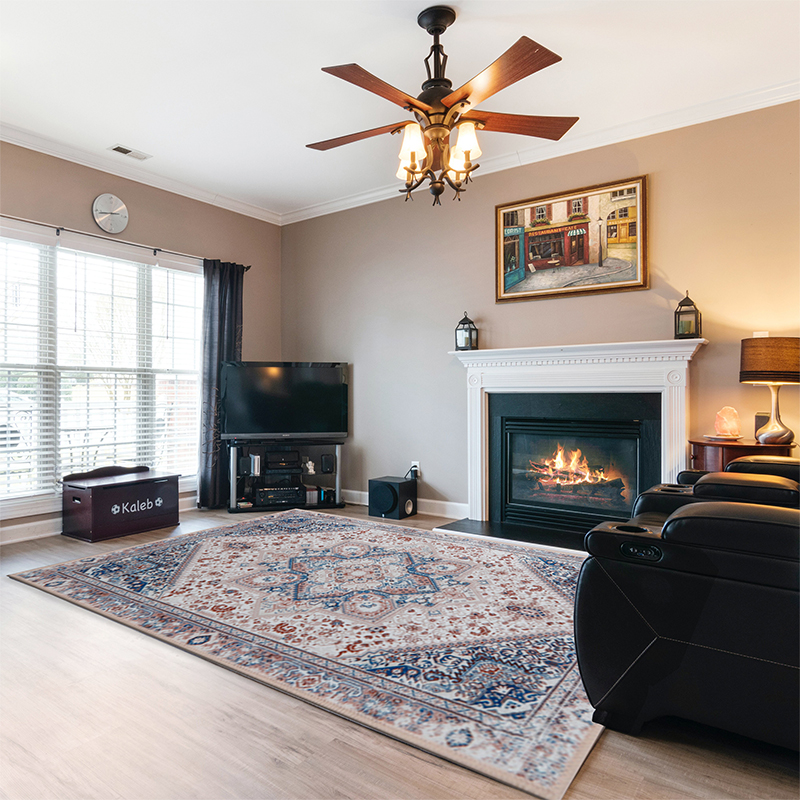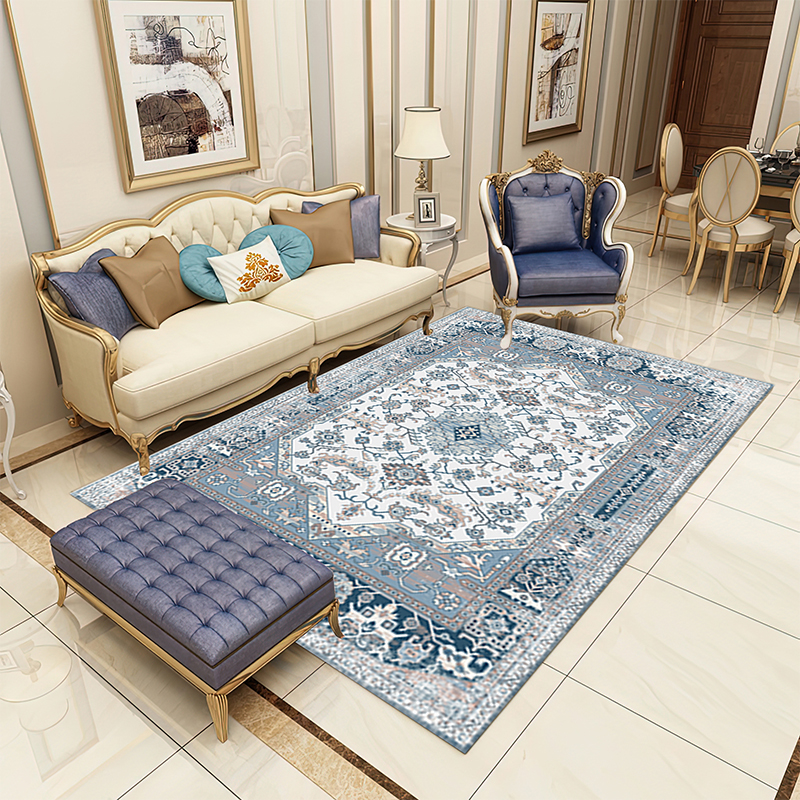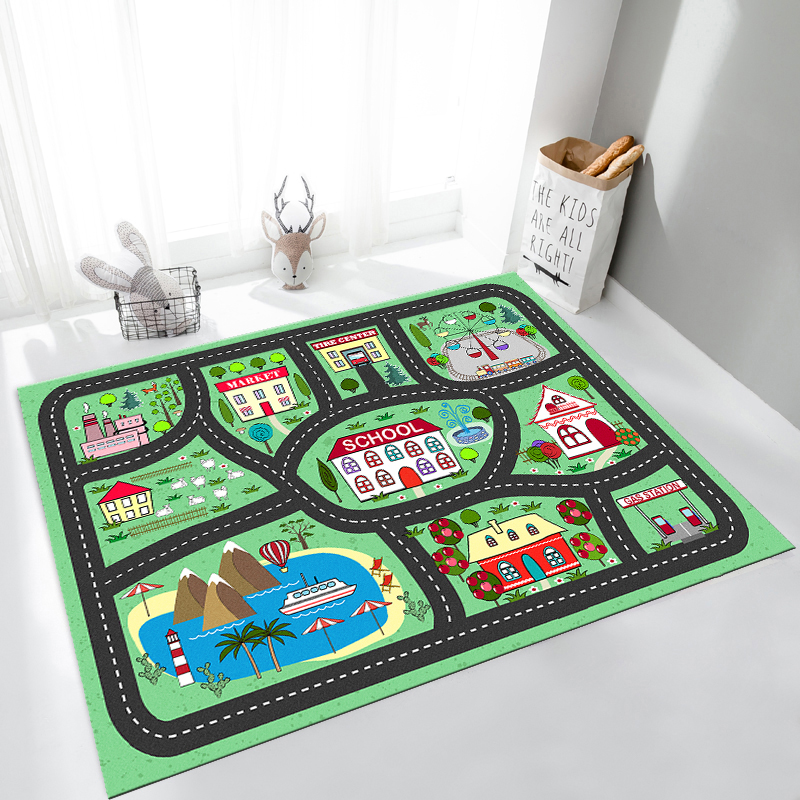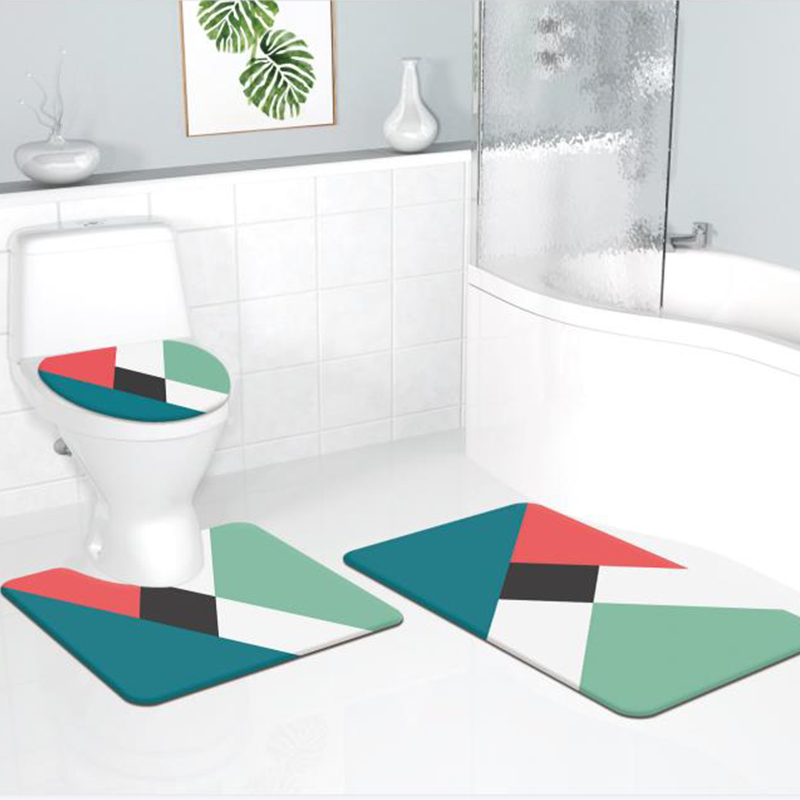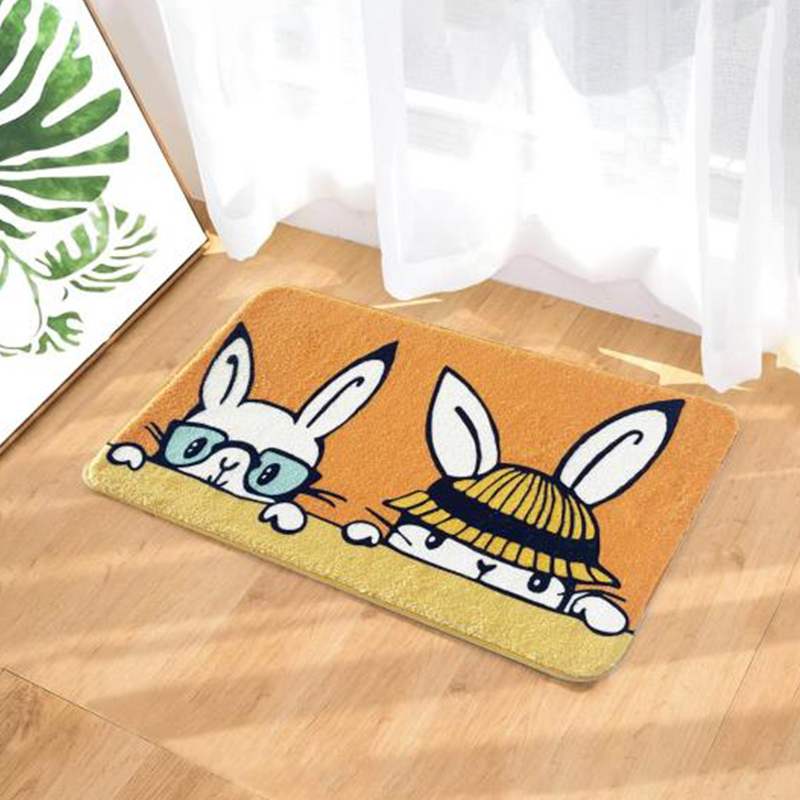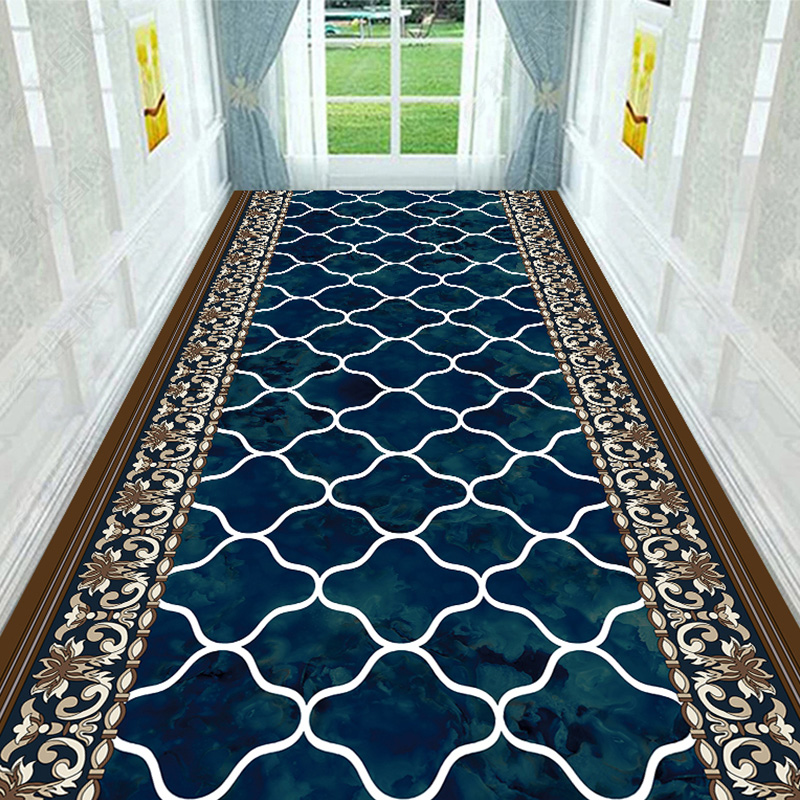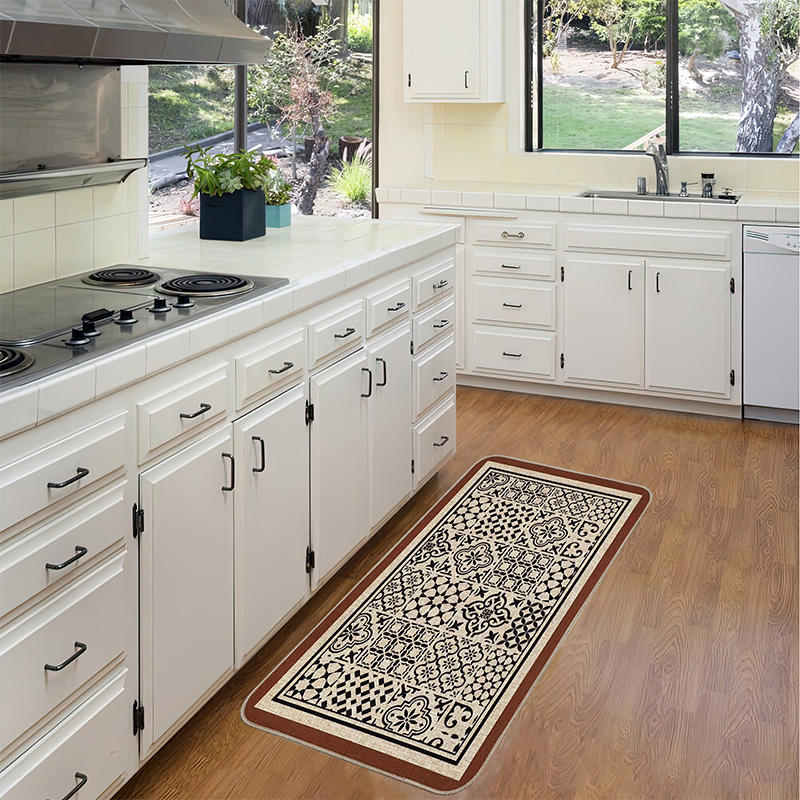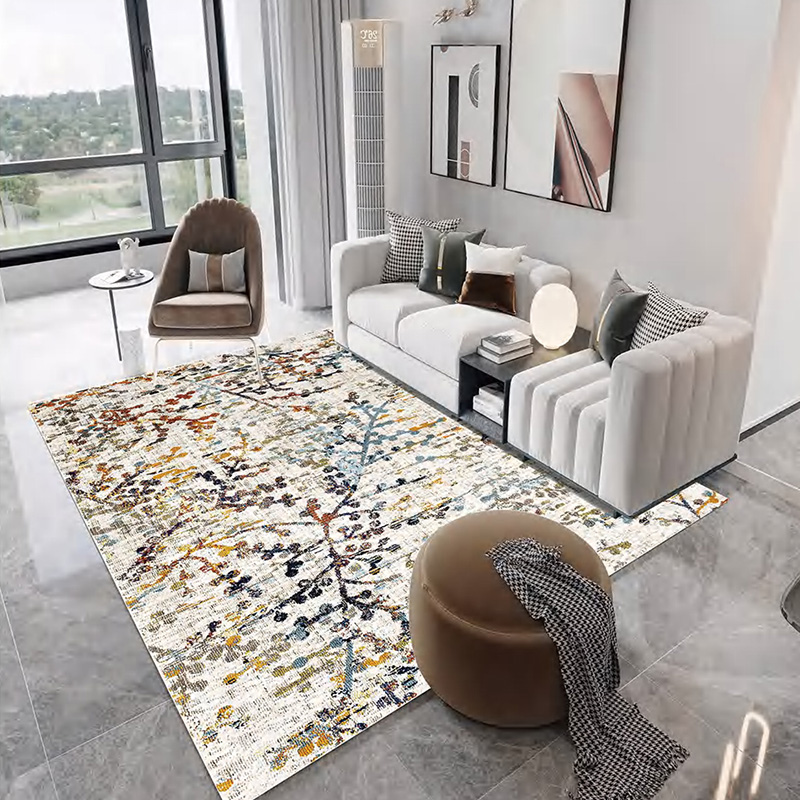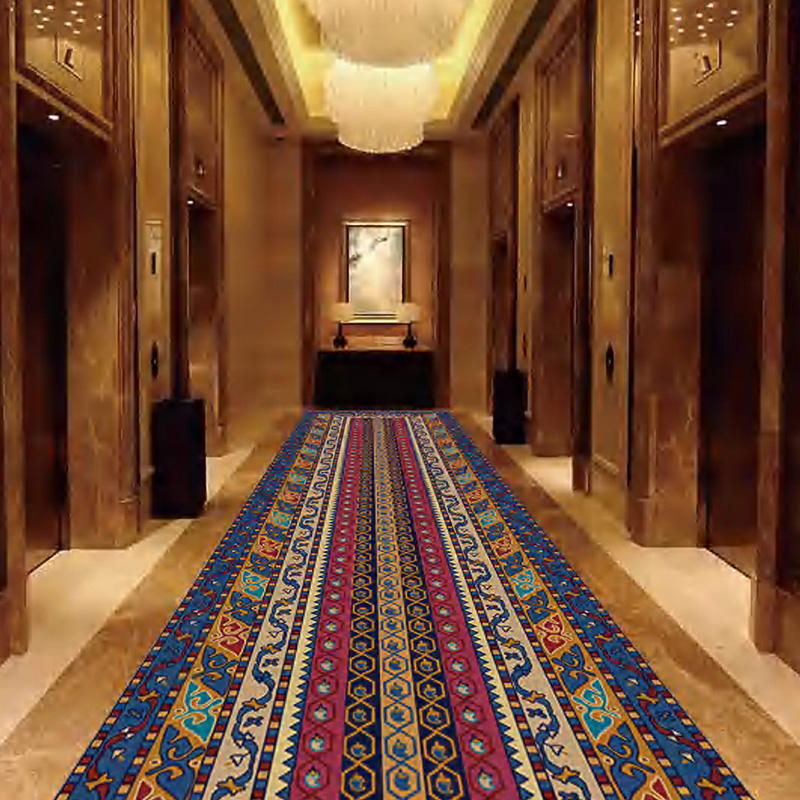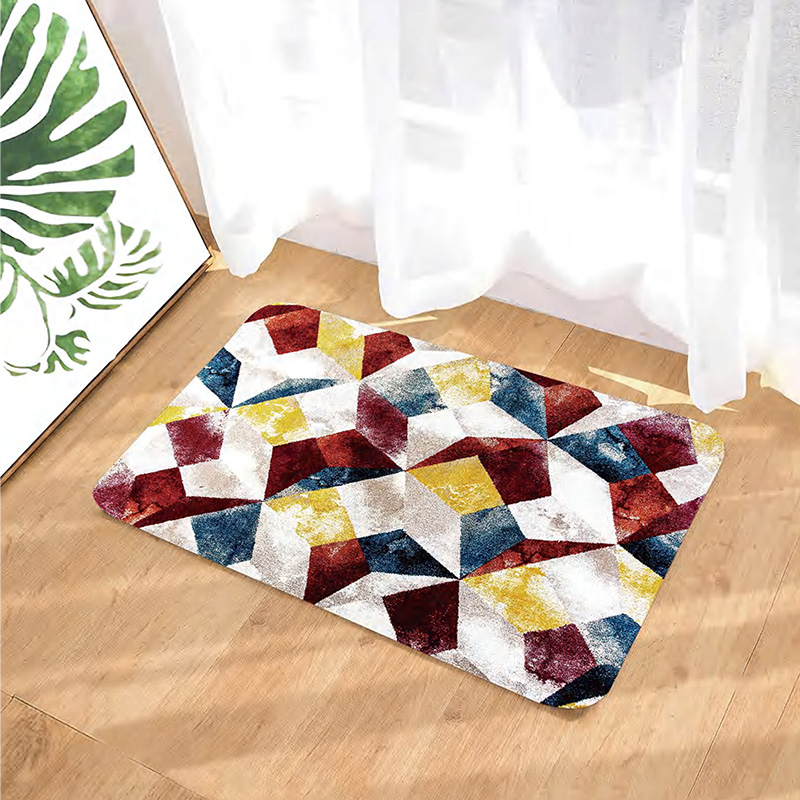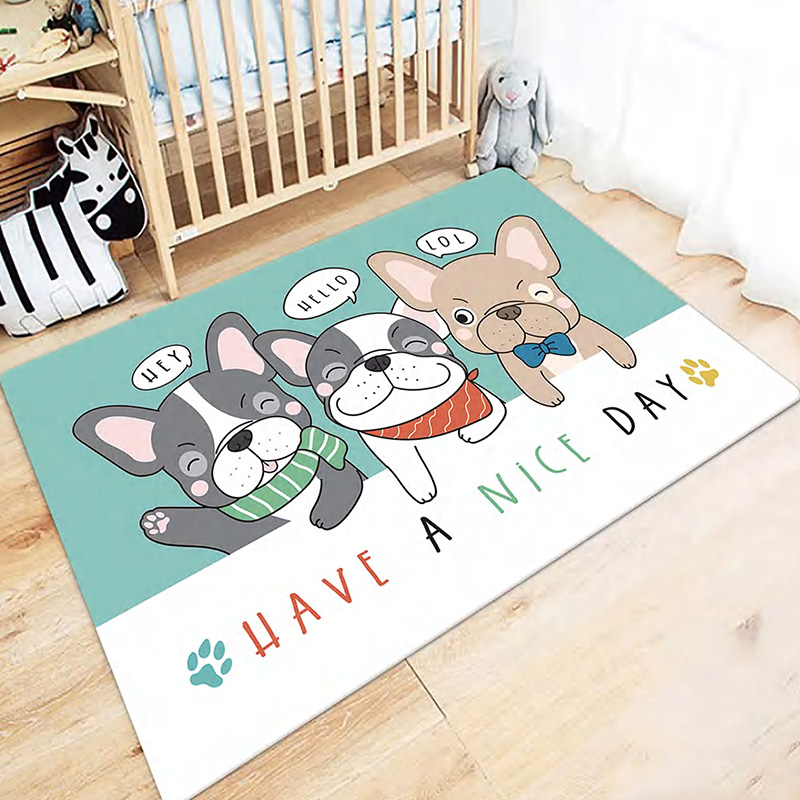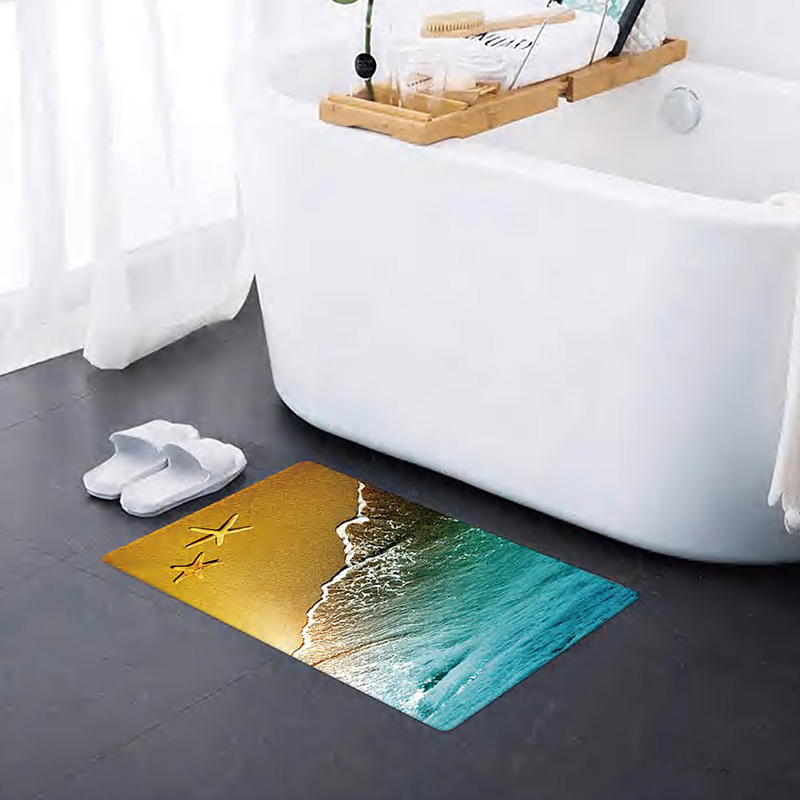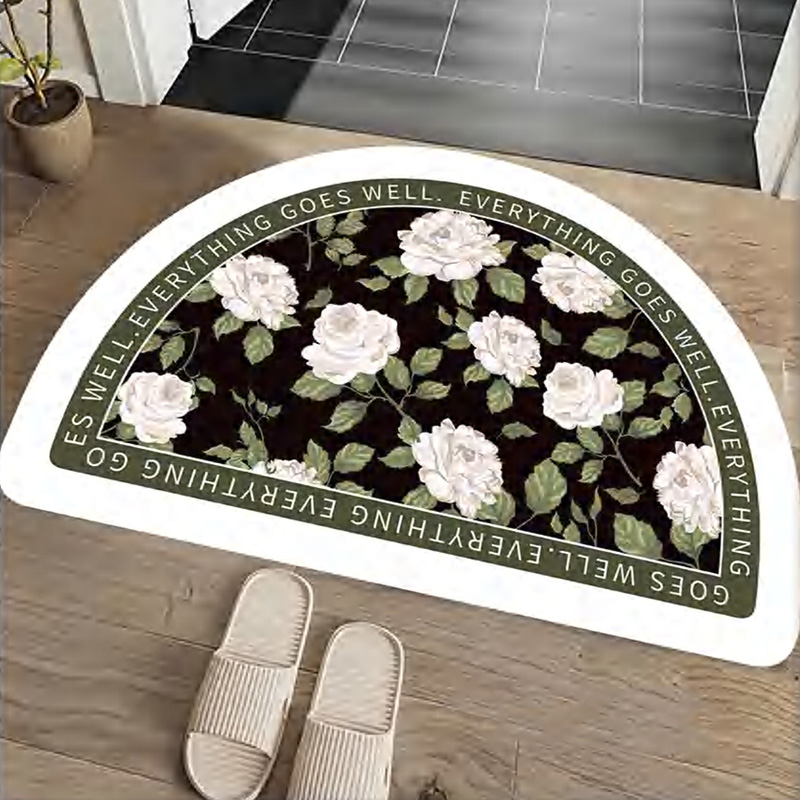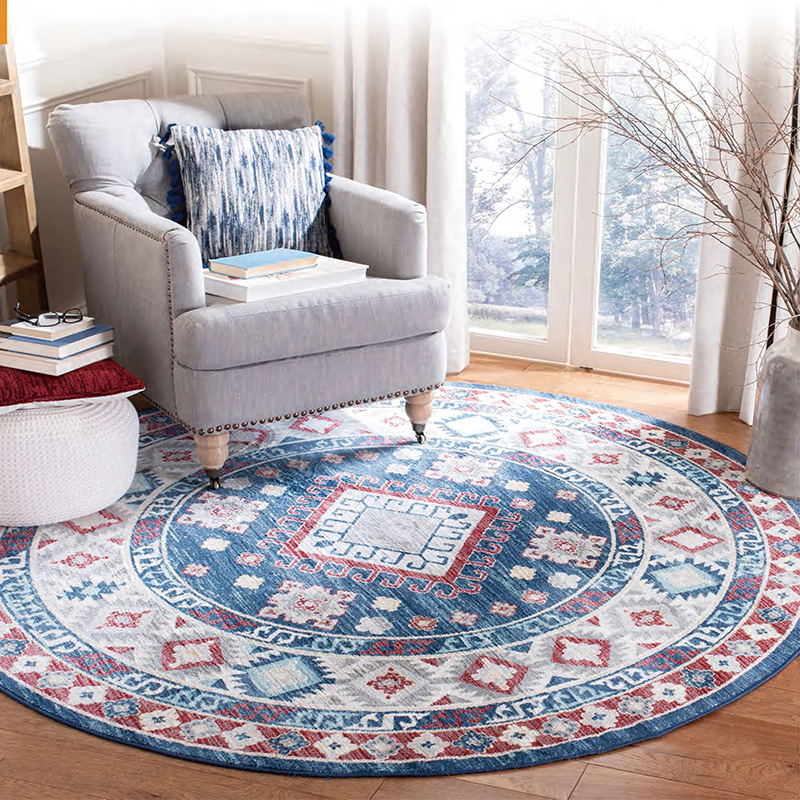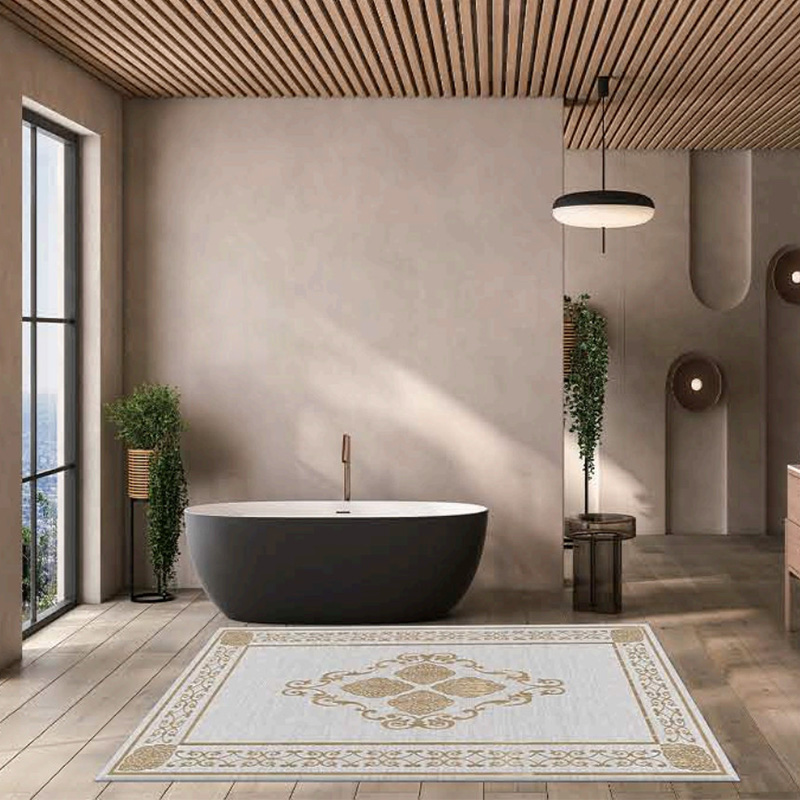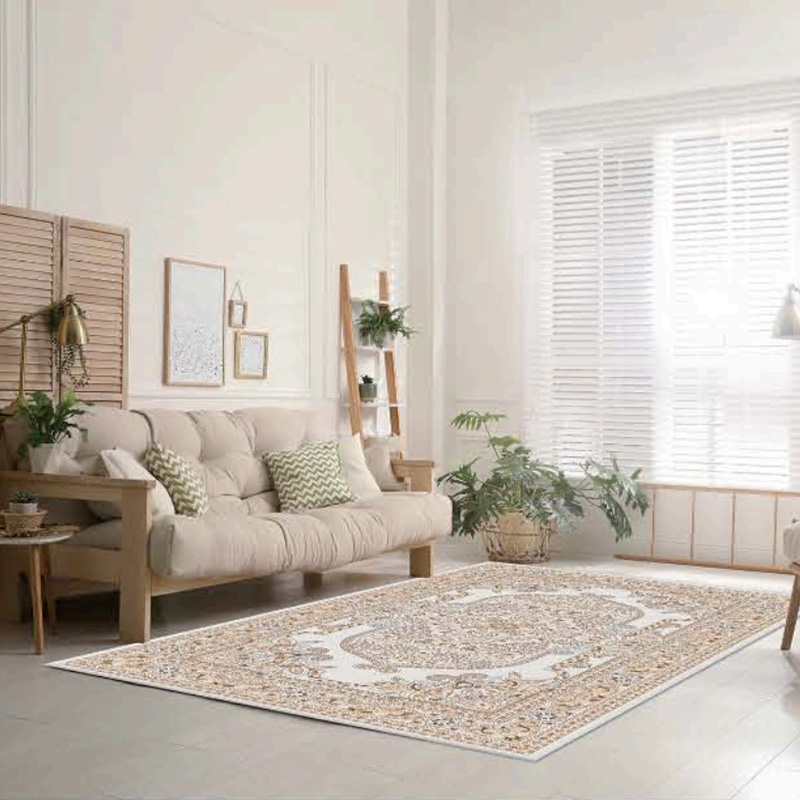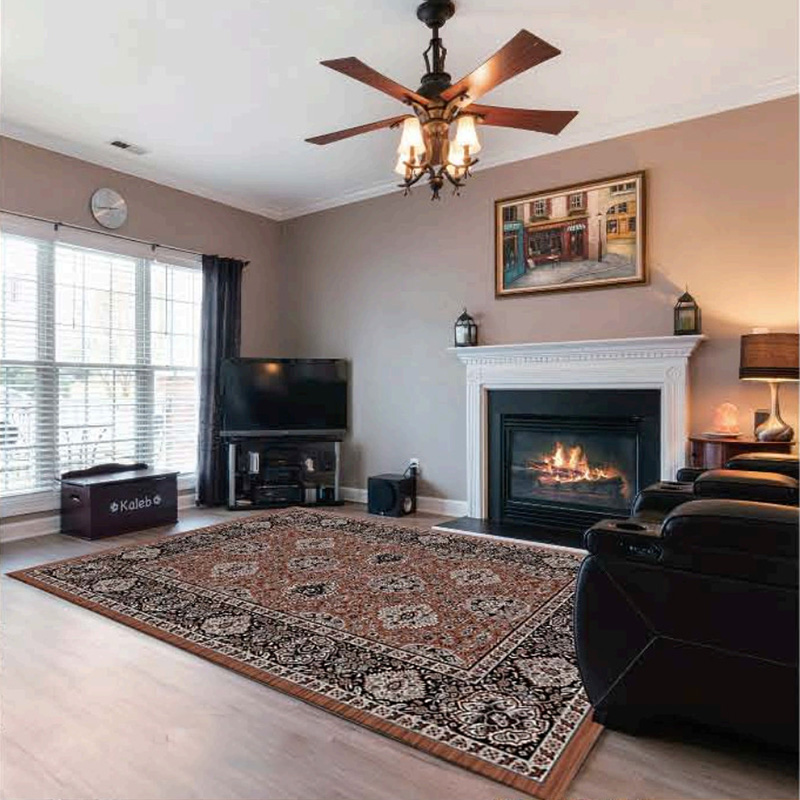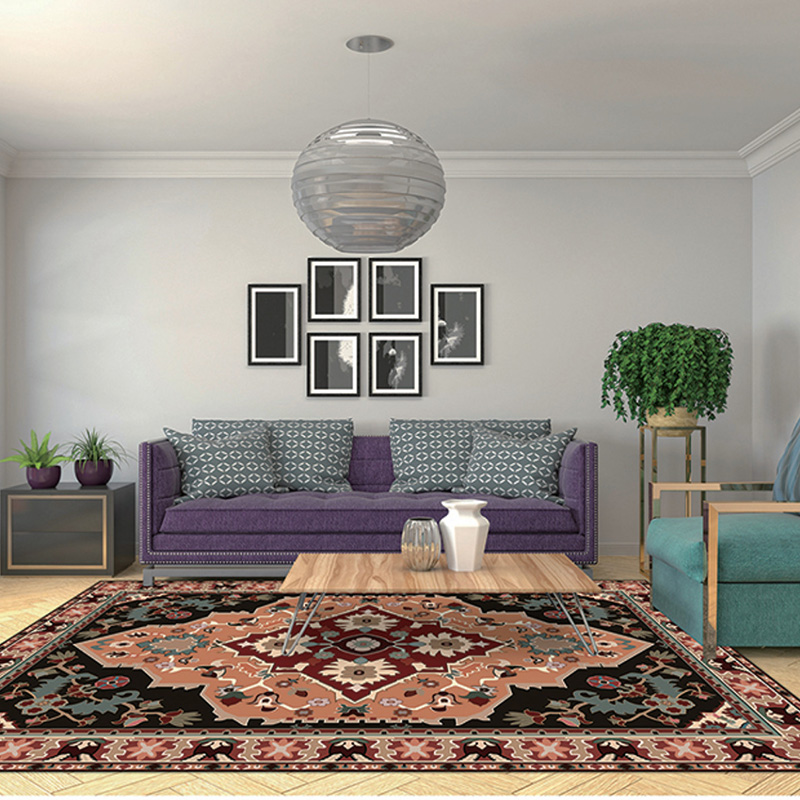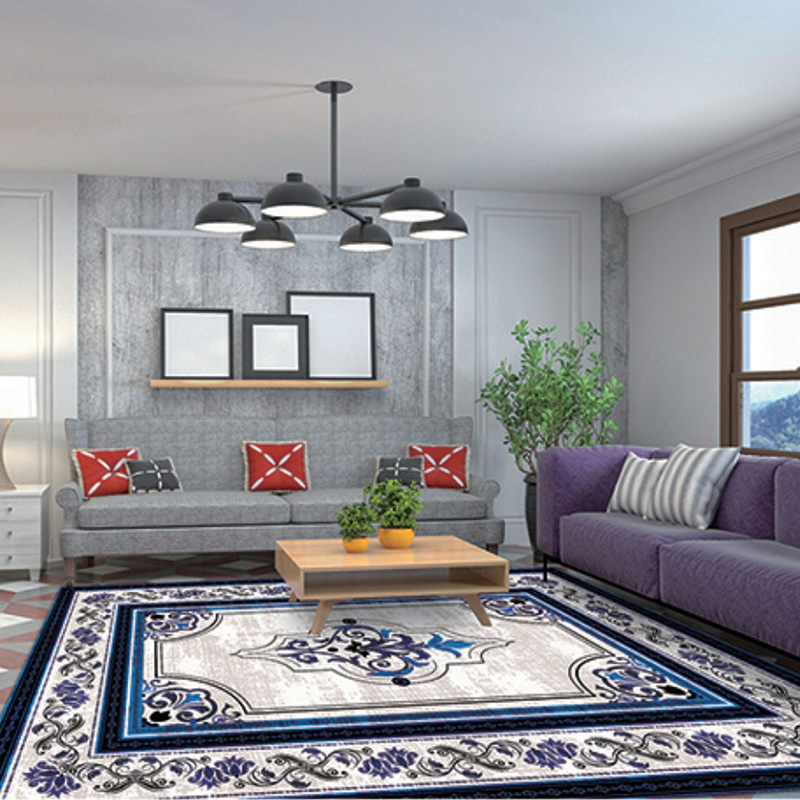You finally found the good living room rug—its colors tie the sofa to the curtains, its pile feels like walking on a cloud, and it miraculously makes your open-plan space look Instagram-ready. Then life happens: a splash of red wine, muddy paw prints, and the everyday dust that settles before you can say “vacuum.” Suddenly you are staring at the care label, wondering, “Can I just roll this thing up and toss it in the washer, or do I need to pay someone to do the mysterious ‘professional clean’ dance?” The answer is not one-size-fits-all; it depends on fiber, construction, size, dye, and how risk-averse you are. Below is a practical roadmap so you can decide quickly without turning your prized living room rug into a felted disaster.
Check the Label—It Is Not a Suggestion
Manufacturers put those cryptic symbols on the tag for a reason: lawsuits. If you see “machine-wash cold, gentle cycle,” you have the green light, but only if the rug is under 5 × 7 feet and fits loosely in a front-loader. Top-loading agitators can shred fringe or cause creases that never relax. No label? Assume “professional clean only” and skip to section 4.
Fiber Reality Check
Cotton and synthetic flat-weaves (think polypropylene, nylon, microfiber) are generally washer-safe because they do not shrink or bleed when bathed in cold water. Add a mild, enzyme-free detergent and skip fabric softener—it coats fibers and attracts dirt. On the other hand, wool, silk, viscose, jute, or anything with a rubber backing should never meet your Maytag. Wool felts, silk yellows, viscose turns into cardboard, and rubber crumbles, clogging pumps and voiding warranties.
Size & Hardware Limits
Even if the fiber passes the test, a 9 × 12 shag will not fit in a household machine without creating an off-balance drum that could damage both rug and appliance. Laundromat front-loaders with a 60-lb capacity can handle midsized rugs, but bring a friend: wet rugs weigh triple, and dragging them across a parking lot is a CrossFit workout you did not sign up for.

When Professional Cleaning Pays for Itself
Hand-knotted wool Orientals, silk Soumaks, or anything over $1,000 per square yard should go straight to a certified rug cleaner. They dust the rug with compressed air, submerge it in a pH-controlled bath, and dry it flat to prevent shrinkage. The cost—typically $3–$6 per square foot—sounds steep until you compare it to replacing a $4,000 investment because your home washer turned it into a sheepskin coaster.
The Middle Ground: DIY Without the Risk
For rugs too precious for the washer but too small to justify pickup service, consider encapsulation foam or dry-powder cleaners. Sprinkle, brush, vacuum; repeat quarterly. Spot-clean spills immediately with a 50/50 white-vinegar-and-water solution, blotting—not rubbing—until the cloth comes away clean. Elevate drying with a fan to prevent mildew; never drape a wet rug over a single clothesline because fibers stretch under their own weight.
Eco Impact & Allergies
Professional cleaners increasingly offer plant-based detergents and wastewater recycling, cutting the environmental guilt factor. If anyone in your home battles asthma, a hot-water extraction every 12–18 months removes pollen and dust-mite residue that home vacuums leave behind, something a domestic washer cannot replicate.
Make Your Decision in 60 Seconds
Ask yourself three questions:
A. Did the tag say “machine washable”?
B. Is the rug smaller than 5 × 7 and made of cotton/synthetic flat-weave?
C. Would I cry if it were ruined?
If you answered yes, yes, no—roll it up and press start. Any no means call the pros or use low-moisture DIY methods. Your living room rug will thank you with years of color, comfort, and compliments instead of a one-way trip to the curb.

 英语
英语 阿拉伯语
阿拉伯语 德语
德语
